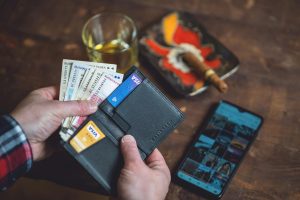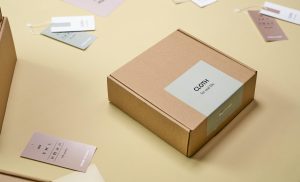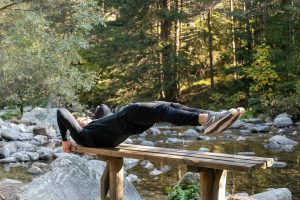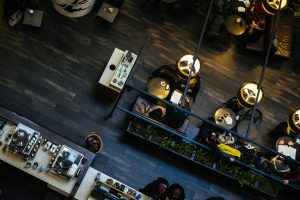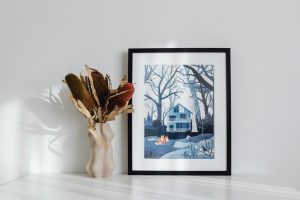Shopping Psychology: Understanding Store Layouts and Displays
The world of shopping can be overwhelming. From the endless options to the bright lights and alluring displays, it’s easy to get distracted and spend more than planned. But have you ever wondered why certain stores seem to draw you in, while others leave you feeling overwhelmed? Behind every store layout and display, there is a carefully crafted strategy rooted in the psychology of shopping. In this article, we will delve into the world of shopping psychology and explore how store layouts and displays can influence our buying behavior.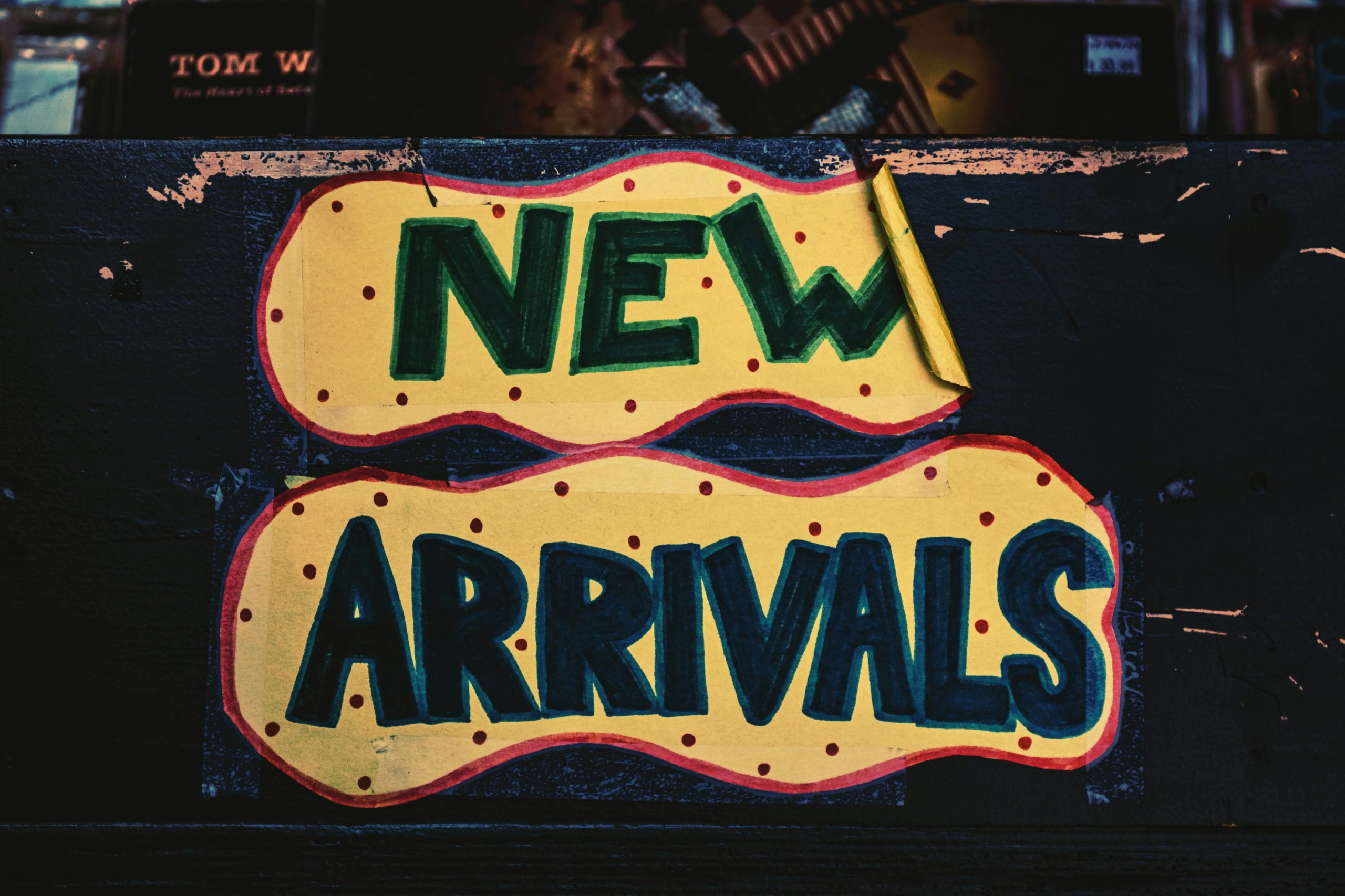
The Power of First Impressions
Have you ever walked into a store and immediately felt drawn to certain products? That’s no coincidence, as store layouts are carefully designed to guide customers towards certain areas and products. The first impression of a store is crucial, as it sets the tone for the entire shopping experience. A well-designed store layout can create a positive first impression and make customers more likely to spend time browsing and buying.
The Role of Pathways
When you enter a store, you are most likely to follow a pathway that leads you deeper into the store. This is not by accident, as pathways are used to guide customers through the store and expose them to as many products as possible. Generally, pathways are designed to be wide at the entrance and gradually narrow towards the back of the store, creating a sense of discovery and encouraging customers to explore further.
The Power of Right
Ever noticed that most stores have their entrance on the right side? That’s because most people naturally turn to the right when entering a store. This is not a coincidence, as studies have shown that customers are more likely to make impulsive purchases when they turn right. In fact, a study by Western Kentucky University found that customers who shopped in a clockwise direction spent 30% more than those who shopped in a counterclockwise direction.
Strategically Placed Displays
Displays play a significant role in influencing our buying behavior. Whether it’s a mannequin dressed in the latest fashion or a table showcasing new products, displays are strategically placed to grab our attention and encourage us to make a purchase. Displays also create a sense of urgency, as they often feature limited-time offers or new arrivals, making customers feel like they need to act fast to not miss out.
The Science of Color and Lighting
The colors and lighting used in store layouts also have a significant impact on our shopping behavior. Warm and inviting colors, such as red, orange, and yellow, are often used to create a sense of excitement and urgency, while cool colors, such as blue and green, are used to create a calming atmosphere. Additionally, well-lit areas are more likely to attract customers, as they make products look more appealing and inviting.
The Psychology of Impulse Buys
Have you ever grabbed an item at the checkout counter and added it to your purchase without thinking? This is a classic impulse buy, and it’s no accident. Stores strategically place low-priced and appealing products at the checkout counter to encourage last-minute purchases. This is an effective tactic, as studies have shown that 64% of people make impulse purchases while shopping.
How to Resist the Temptation
Now that you understand the psychology behind store layouts and displays, it’s easier to resist the temptation to overspend. Here are a few tips to help you stay in control:
Have a List
Having a shopping list can help you stay focused and avoid unnecessary purchases. Stick to your list and only veer off if you come across a must-have item.
Time Your Shopping Trips
If you tend to make impulse purchases, try to time your shopping trips during off-peak hours when the store is less crowded. This will give you more time to think through your purchases and avoid getting caught up in the excitement of the store.
Do Your Research
Before heading to the store, do your research and have a budget in mind. This will help you stick to your budget and avoid any surprises when you get to the checkout counter.
In Conclusion
Store layouts and displays are carefully designed to influence our buying behavior. Understanding the psychology behind them can help us make more informed purchasing decisions and resist temptation. So next time you find yourself in a store, take a moment to observe the layout and displays, and remember that it’s all a part of the shopping game.


